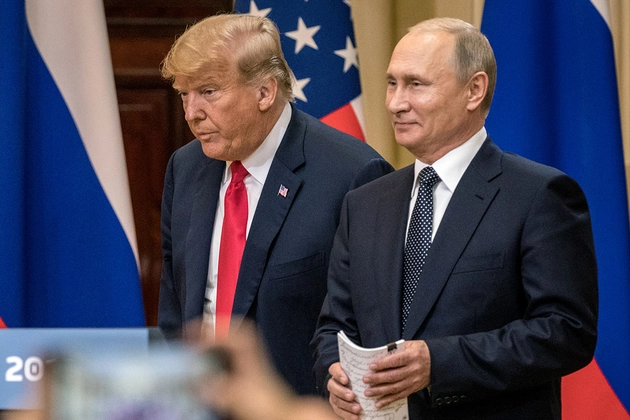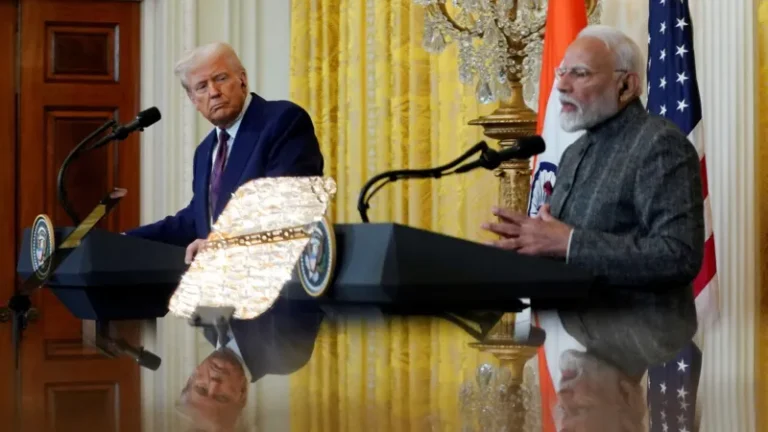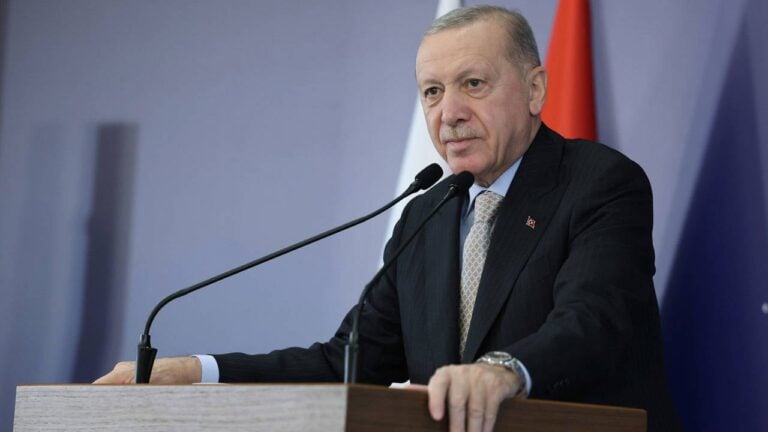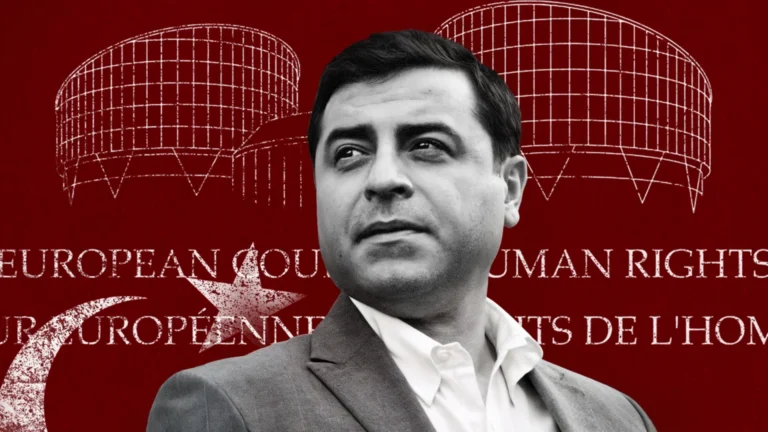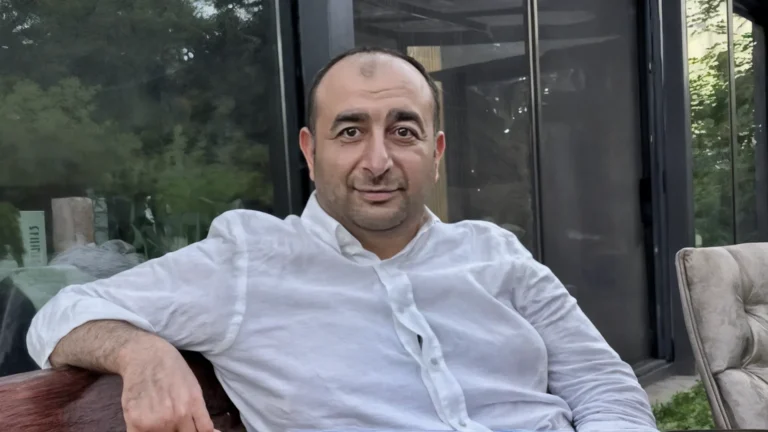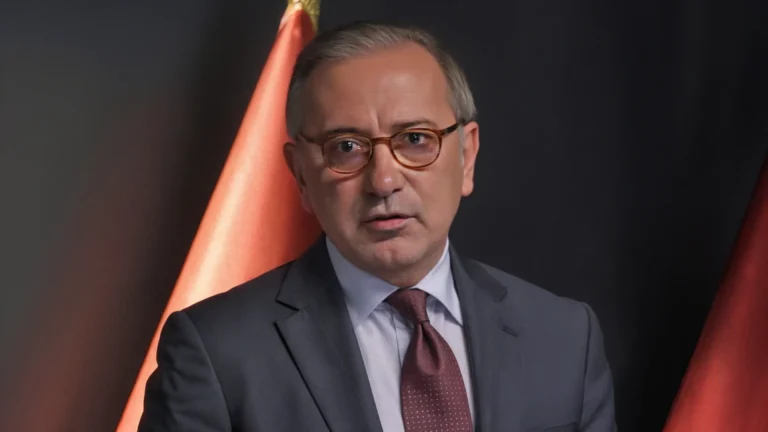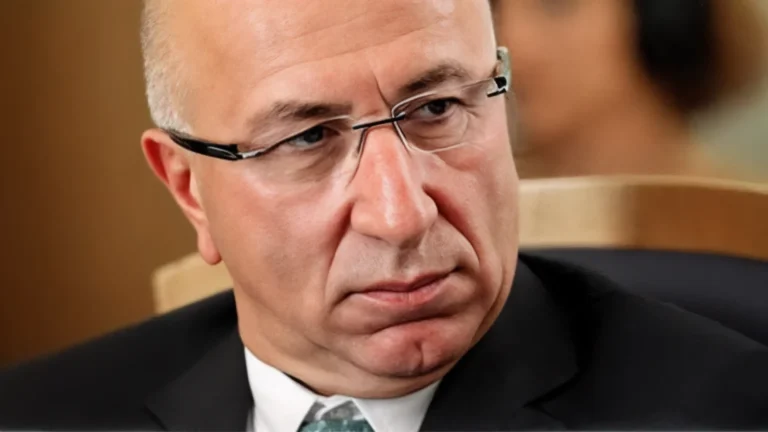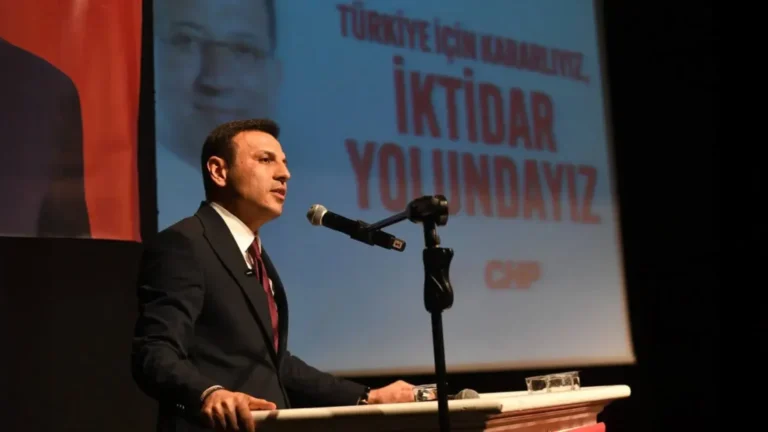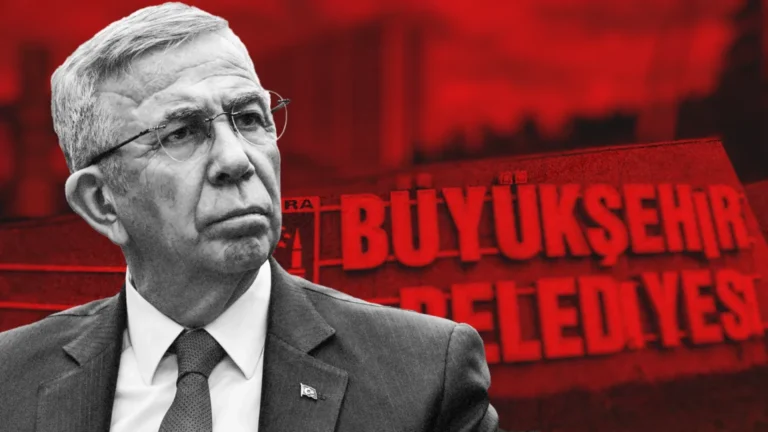Turkish President Recep Tayyip Erdoğan met President Donald Trump at the White House, with discussions ranging from Turkey’s role in regional security to the purchase of airliners and fighter jets, as well as the potential lifting of sanctions.
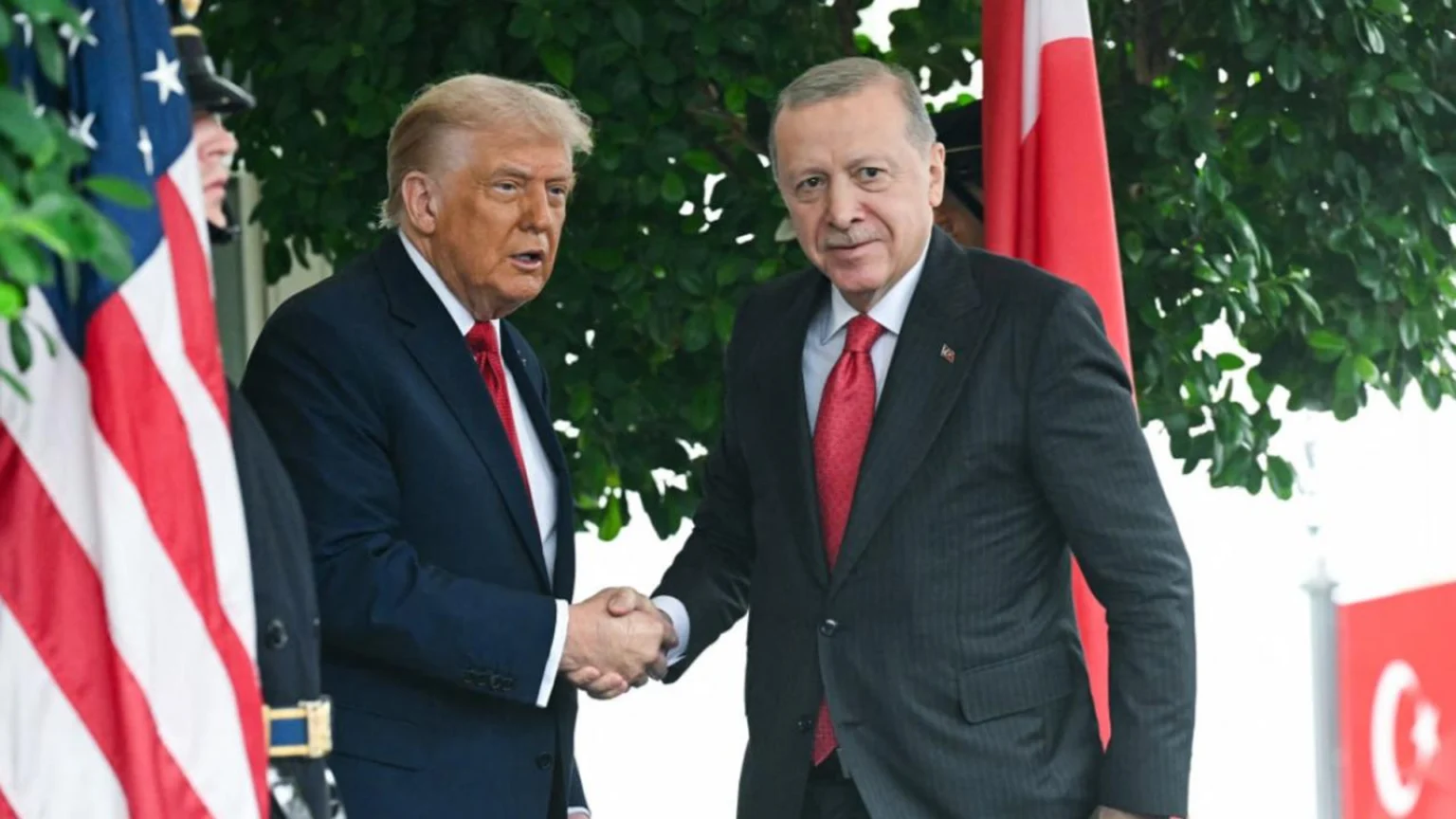 |
| Trump-Erdoğan meeting: Key takeaways Trump-Erdoğan meeting: Key takeaways |
The visit had been foreshadowed in an unusual way last week, when opposition leader Özgür Özel claimed that Erdoğan had met Donald Trump Jr. to arrange the encounter. While Erdoğan and Trump clashed on several occasions during Trump’s first term, the two leaders have generally maintained an outwardly cordial relationship — Erdoğan often referring to Trump as “my friend Donald,” with Trump returning similar sentiments.
That warmth, however, comes despite Erdoğan’s sharp criticism of the Trump administration’s Gaza plan and his recent comments on Ukraine. Speaking last week, Erdoğan said:
“Recall that Mr. Trump once said, ‘I’ll put an end to the Russia-Ukraine war.’ Has that happened? No — the war is still ongoing.”
Responding to those remarks, US Secretary of State Marco Rubio said:
“These people can say what they want, but at the end of the day, when they want something done, they have to come to us. President Erdoğan is coming to the White House.”
“They all want to come to the White House and speak to President Trump and want President Trump to fix it. They can say whatever they want to say, the truth of the matter is we have meetings going on today that we have leaders begging to be a part of it.”
— Department of State (@StateDept) September 23, 2025
— @SecRubio pic.twitter.com/3RcBXqhng8
Despite the rift on several issues, the meeting was largely cordial with several key issues on the table:
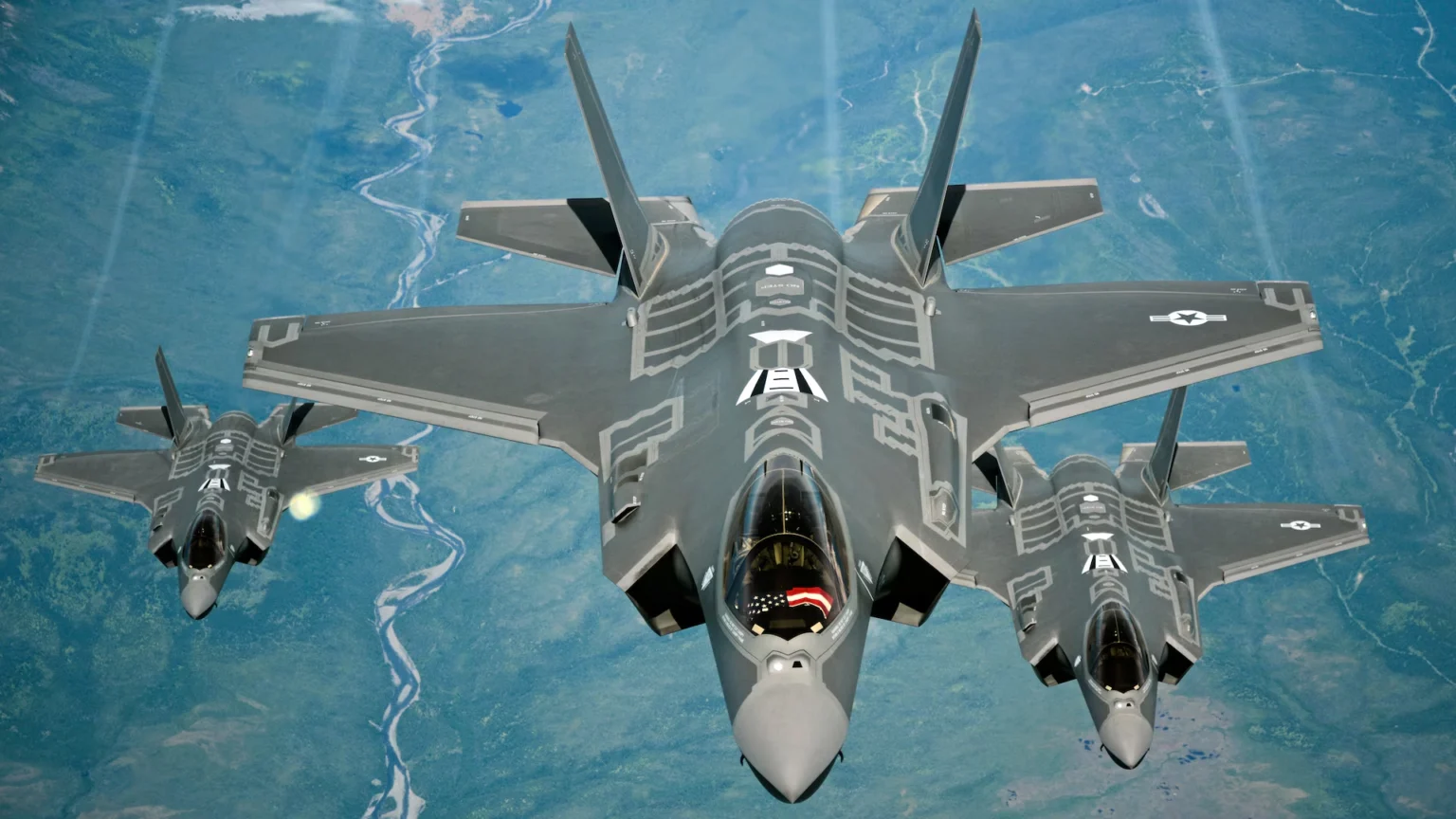 |
Lifting of weapons sanctions on Turkey
Upon Turkey’s purchase of the Russian S-400 air defence system in 2019, despite repeated US warnings, Ankara was hit with sanctions under the Countering America’s Adversaries Through Sanctions Act (CAATSA) and subsequently expelled from the F-35 fighter jet programme.
Ahead of his meeting with President Erdoğan, Donald Trump had struck an upbeat note, saying the two sides would be making “some great trade deals for both countries.” He added:
“They want to buy F-16s, F-35s and some other things, and we’re going to talk to them about that. We’re just going to have, I think, a very interesting couple of hours. We’re going to get a lot done.”
Turkey’s exclusion from the F-35 programme left a significant gap in its air force, forcing it to continue relying on fourth-generation platforms such as the F-16 and even older aircraft. While the Biden administration and Congress later approved the sale of new F-16s — notably the Block 70 variant — the F-35 has remained off the table.
Former Under Secretary of Defense for Acquisition Ellen Lord had made Washington’s position clear at the time: “The F-35 cannot coexist with a Russian intelligence collection platform that will be used to learn about its advanced capabilities.” Yet the Trump administration appears less concerned by that prospect.
Another detail that drew attention was the lapel pin worn by President Trump, depicting an F-22 fighter jet. At first glance, the aircraft is outwardly similar to the F-35 — though the two serve vastly different roles — and both are manufactured by Lockheed Martin. It is unclear whether the choice of pin was linked to the talks and the two aircraft may have been confused due to their similar appearance, or whether it was entirely unrelated.
 |
A massive purchase of Boeing airliners
Shortly after the talks, Turkey’s flagship carrier, Turkish Airlines, announced a major order of up to 225 aircraft from Boeing.
Medyascope'u destekle. Medyascope'a abone ol.
Medyascope’u senin desteğin ayakta tutuyor. Hiçbir patronun, siyasi çıkarın güdümünde değiliz; hangi haberi yapacağımıza biz karar veriyoruz. Tıklanma uğruna değil, kamu yararına çalışıyoruz. Bağımsız gazeteciliğin sürmesi, sitenin açık kalması ve herkesin doğru bilgiye erişebilmesi senin desteğinle mümkün.
Under the agreement, the airline will add 75 wide-body B787‑9 and B787‑10 aircraft to its fleet between 2029 and 2034, with 50 confirmed and 25 as options. At the same time, negotiations for a total of 150 737‑8/10 MAX aircraft — 100 confirmed and 50 as options — have been completed. The orders will be finalised once talks with the engine manufacturer, CFM International, conclude successfully.
Ahead of the meeting, President Trump had said the Boeing order would also be discussed.
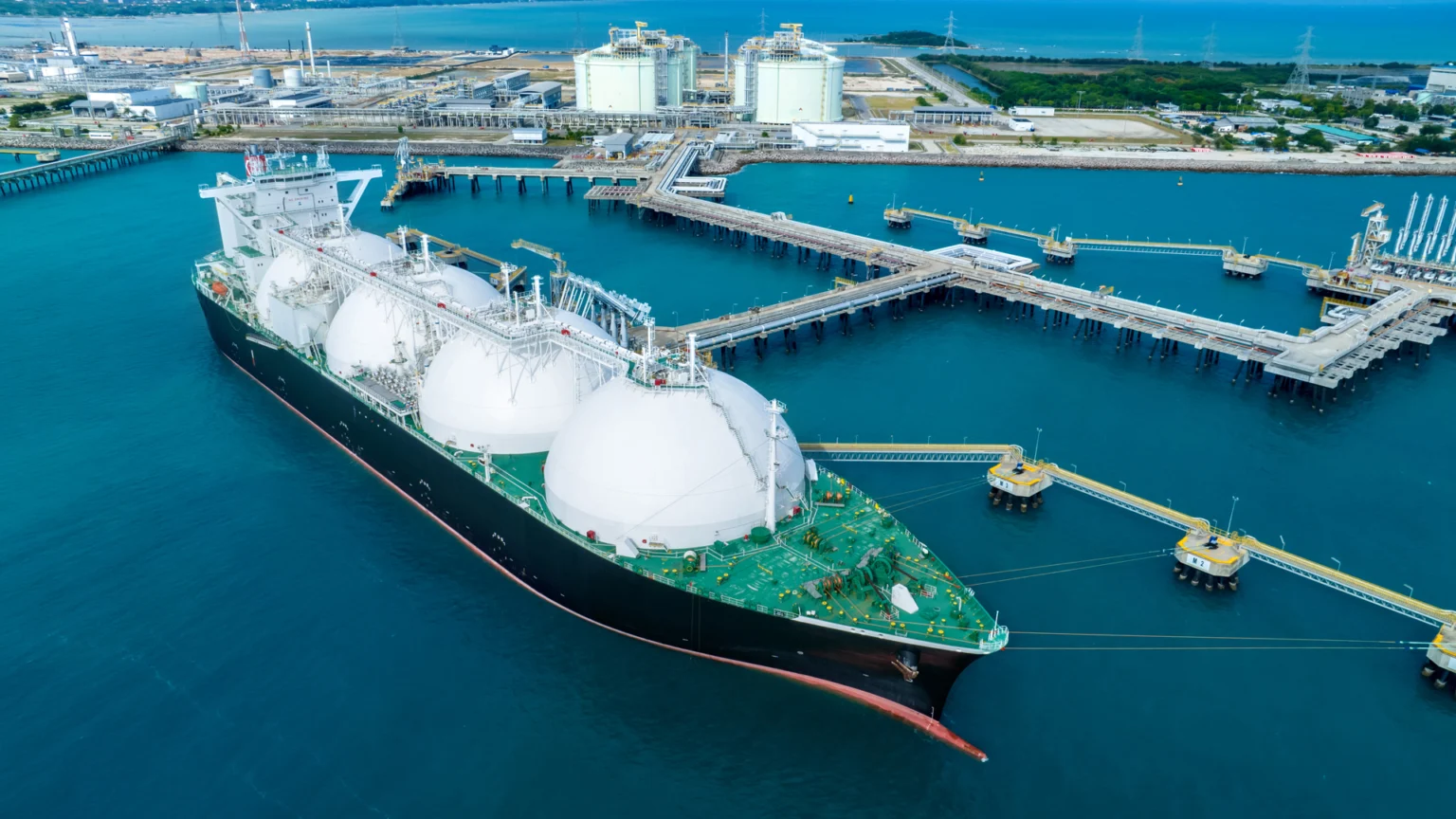 |
20 year natural gas deal
Two days before the talks, Turkey signed a 20-year agreement with trading company Mercuria to purchase U.S. liquefied natural gas (LNG).
The deal, which includes an annual supply of 4 billion cubic metres (bcm) of LNG from 2026 and a total envisaged supply of around 70 bcm, was signed in New York by state energy company BOTAS. Supplies will be sourced from U.S. loading terminals and regasified in Turkey, Europe, and North Africa.
Alparslan Bayraktar, Turkey’s Minister of Energy and Natural Resources, said the agreement would “significantly contribute” to the $100 billion trade target with the U.S., while also enhancing supply security and diversifying Turkey’s energy sources.
Russia remains Turkey’s largest gas supplier, providing 40% of its 52 bcm of imports last year, while the U.S. accounted for 10%. Turkey has not yet signed new supply deals with Russia. The agreement could see Turkey gradually reduce its dependence on Russian hydrocarbons in a geopolitical shift aligning it more closely with the United States.
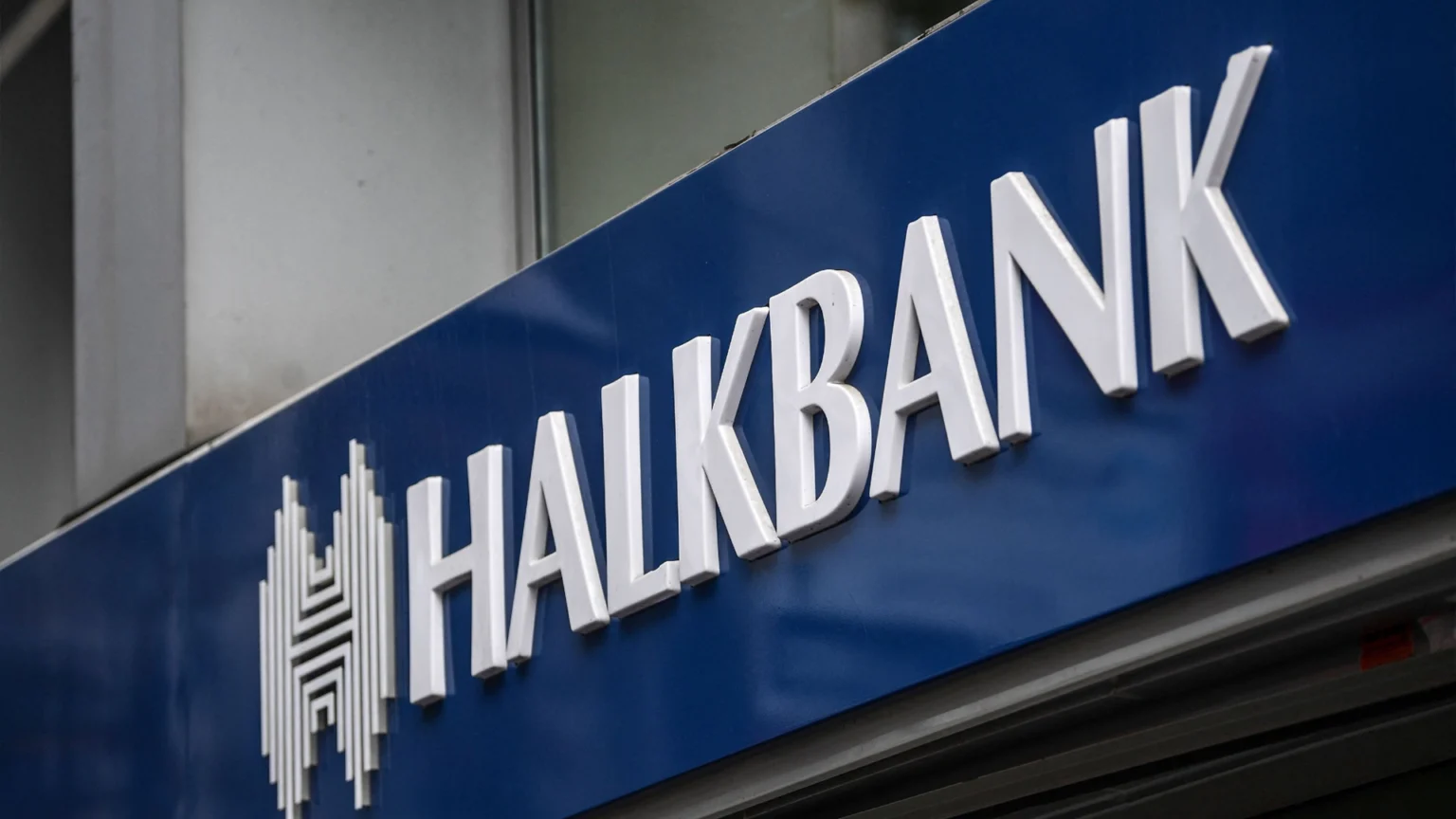 |
Avoiding further sanctions
According to Gönül Tol, founder and director of the research programme on Turkey, the most concrete outcome of the meeting was the Halkbank case. Halkbank, one of Turkey’s largest state-owned banks, has been at the centre of an international scandal for allegedly helping Iran evade U.S. sanctions, including facilitating billions of dollars in transactions between 2012 and 2017. The case led to the arrest and conviction of Halkbank executives in the U.S. and could have exposed Turkey to restricted access to the U.S. banking system and increased scrutiny from international financial institutions.
Tol, who spoke with reliable sources in the Trump administration, said:
“Turkey will pay a fine of close to $100 million, but it will not admit to the charges brought against it.”






